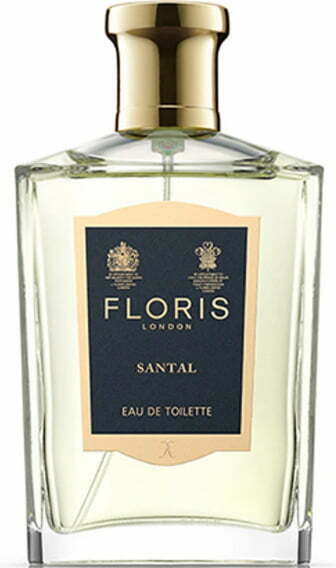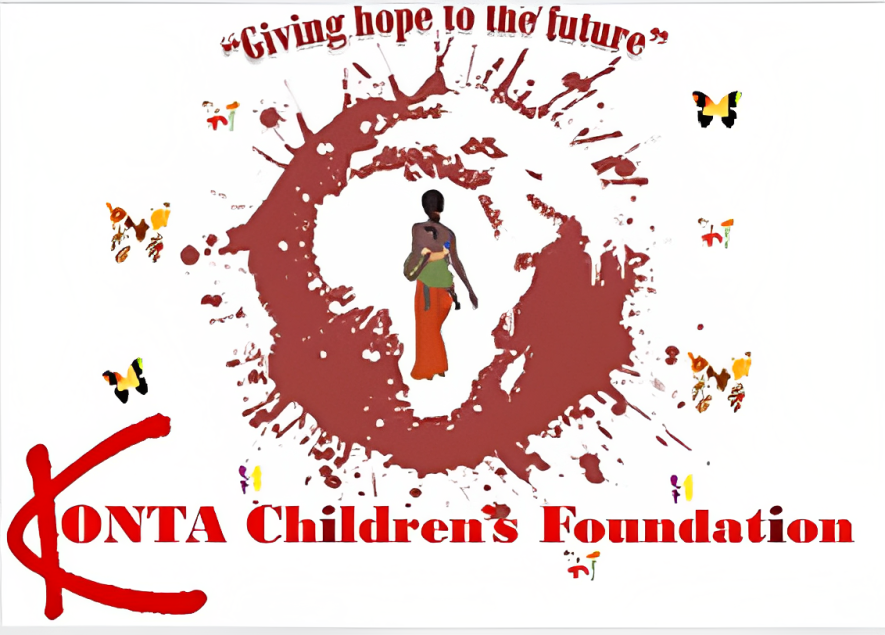AL GREEN

Albert Leornes Greene (born April 13, 1946), known professionally as Al Green, is an American singer, songwriter, pastor and record producer best known for recording a series of soul hit singles in the early 1970s, including “Take Me to the River”, “Tired of Being Alone”, “I’m Still in Love with You”, “Love and Happiness”, and his signature song, “Let’s Stay Together”. After his girlfriend died by suicide, Green became an ordained pastor and turned to gospel music. He later returned to secular music.
Green was inducted into the Rock and Roll Hall of Fame in 1995. He was referred to on the museum’s site as being “one of the most gifted purveyors of soul music”. He has also been referred to as “The Last of the Great Soul Singers”. Green is the winner of 11 Grammy Awards, including the Grammy Lifetime Achievement Award. He has also received the BMI Icon award and is a Kennedy Center Honors recipient. He was included in the Rolling Stone list of the 100 Greatest Artists of All Time, ranking at No. 65, as well as its list of the 100 Greatest Singers, at No. 14.
Albert Leornes Greene was born on April 13, 1946, in Forrest City, Arkansas. The sixth of ten children born to Cora Lee and sharecropper Robert G. Greene, Jr., at around the age of ten, Al began performing with his sister in a group called the Greene Brothers. During the late 1950s, the Greene family relocated to Grand Rapids, Michigan. While still a teenager, Al was kicked out of the family home after his devoutly religious father caught him listening to Jackie Wilson. He then lived with a prostitute, began hustling[clarification needed], and indulged in recreational drugs.
“[I listened to] Mahalia Jackson, all the great gospel singers. But the most important music to me was those hip-shakin’ boys: Wilson Pickett and Elvis Presley. When I was 13, I just loved Elvis Presley. Whatever he got, I went out and bought.”
In high school, Al formed a vocal group called Al Greene & the Creations. Two of the group’s members, Curtis Rodgers and Palmer James, formed an independent label called Hot Line Music Journal. In 1968, having changed their name to Al Greene & the Soul Mates, they recorded the song “Back Up Train”, releasing it on Hot Line Music. The song was a hit on the R&B charts and peaked at No. 46 in the Cashbox Top 100. However, the group’s subsequent follow-ups failed to chart, as did their debut album Back Up Train. While performing with the Soul Mates, Green came into contact with Memphis record producer Willie Mitchell, who hired him in 1969 to be a vocalist for a Texas show with Mitchell’s band. Following the performance, Mitchell asked Green to sign with his Hi Records label.
Having noted that Green had been trying to sing like Jackie Wilson, Sam Cooke, Wilson Pickett, and James Brown, Mitchell became his vocal mentor, coaching him into finding his own voice. Before releasing his first album with Hi, Green removed the final “e” from his name. Subsequently, he released Green Is Blues (1969), which was a moderate success. His follow-up album, Al Green Gets Next to You (1971), featured the hit R&B cover of the Temptations’ “I Can’t Get Next to You”, recorded in a slow blues-oriented version. The album also featured his first significant hit, “Tired of Being Alone”, which sold a million copies and was certified gold, becoming the first of eight gold singles Green would release between 1971 and 1974.
Green’s next album, Let’s Stay Together (January 1972), solidified his place in soul music. The title track was his biggest hit to date, reaching No. one on both the Billboard Hot 100 and R&B charts. The album became his first to be certified gold. His follow-up, I’m Still in Love with You (October 1972), went platinum with the help of the singles “Look What You Done for Me” and the title track, both of which went to the top 10 on the Hot 100. His next album, Call Me (April 1973), produced three top-10 singles: “You Ought to Be with Me”, “Call Me (Come Back Home)”, and “Here I Am (Come and Take Me)”. In addition to these hit singles, Green also had radio hits with songs such as “Love and Happiness”, his cover of the Bee Gees’ “How Can You Mend a Broken Heart”, “Simply Beautiful”, “What a Wonderful Thing Love Is”, and “Take Me to the River”, later covered successfully by new wave band Talking Heads and blues artist Syl Johnson.
Green’s album Livin’ for You (December 1973) was certified gold. He continued to record successful R&B hits in the next several years including “Livin’ for You”, “Sha-La-La (Makes Me Happy)” from his album Al Green Explores Your Mind, “Let’s Get Married”, “L-O-V-E (Love)” and “Full of Fire”.
By the time Green released The Belle Album in 1977, however, his record sales had plummeted, partially due to Green’s own personal issues during this time and his desire to become a minister. His last Hi Records album, Truth n’ Time, was released in 1978 and failed to become a success.













